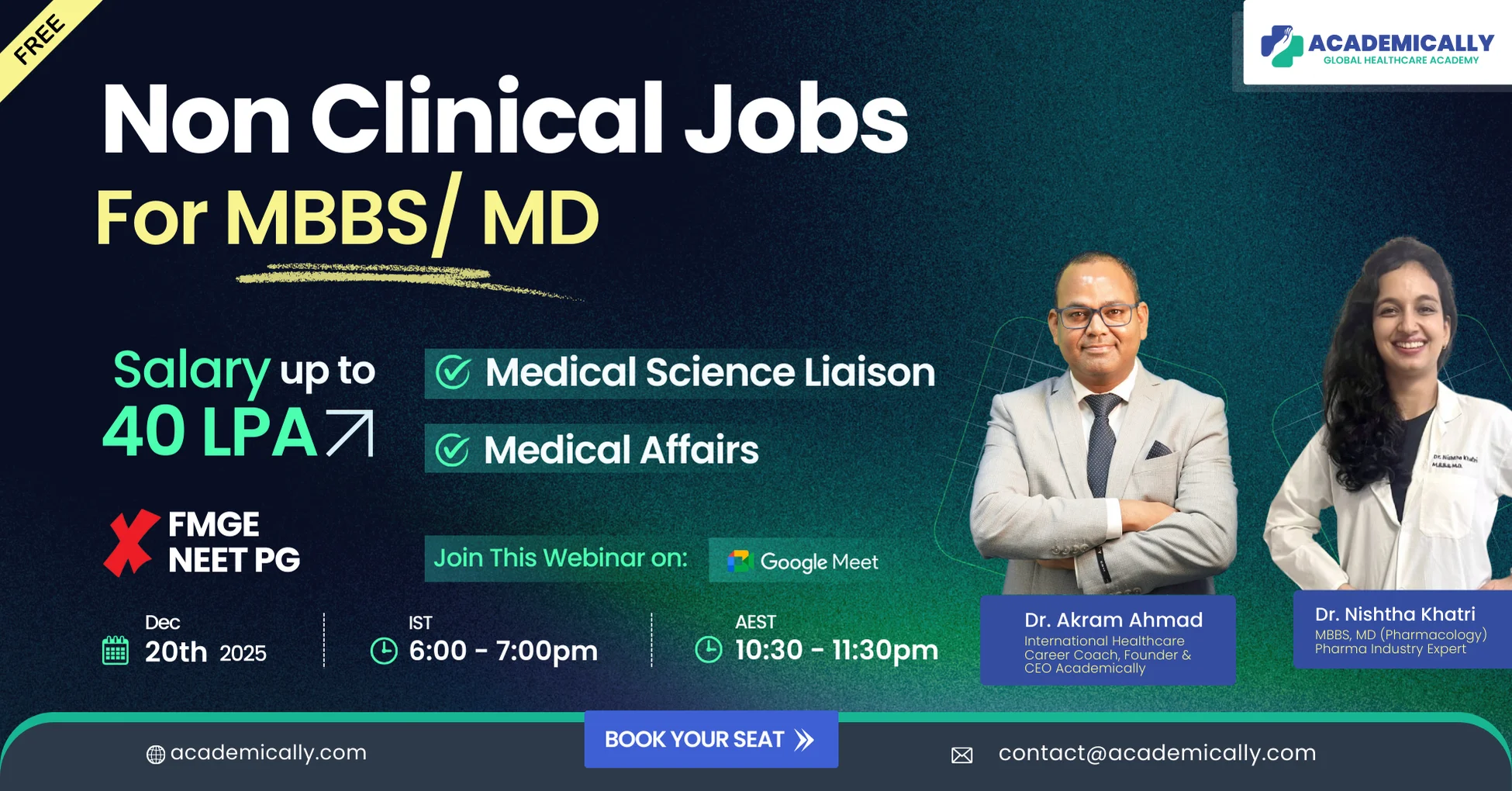When it comes to government medical jobs in India, few positions command as much respect and stability as the ESIC Medical Officer (IMO). Offered by the Employees’ State Insurance Corporation (ESIC) under the Ministry of Labour and Employment, this role promises a rewarding blend of professional growth, social impact, and solid financial security. Whether you’re preparing for the ESIC IMO 2026 recruitment or just exploring career options in public healthcare, understanding the salary structure, perks, and growth opportunities can help you plan your path more confidently.
What is an ESIC Medical Officer (IMO)?
An ESIC Medical Officer, also known as an Insurance Medical Officer (IMO), is a qualified medical practitioner appointed to provide primary healthcare services to insured persons and their families under the Employees’ State Insurance (ESI) Scheme. These officers work in ESIC dispensaries and hospitals across India, offering preventive, curative, and promotive care.
Beyond medical duties, IMOs play an important administrative role, maintaining medical records, implementing ESIC health programs, and ensuring proper utilization of healthcare funds. In essence, they are the frontline guardians of India’s social health insurance system.
ESIC Medical Officer Salary Structure
Now let’s talk numbers because, let’s be honest, that’s what everyone’s curious about.
The salary of an ESIC Medical Officer falls under Level 10 of the 7th Central Pay Commission (CPC). This translates to a pay scale of ₹56,100 – ₹1,77,500 per month, along with numerous allowances and benefits that significantly increase the in-hand income.
The variation depends on location, allowances, and seniority. Officers posted in metropolitan areas with higher DA (Dearness Allowance) and HRA (House Rent Allowance) slabs usually draw higher pay.
Allowances Included
- Dearness Allowance (DA): Revised twice a year, currently around 46% of basic pay.
- House Rent Allowance (HRA): Ranges between 8%–24% depending on city category.
- Transport Allowance: Provided as per government norms.
- Other Allowances: Includes medical, travel, and special duty allowances.
When all these perks are factored in, the take-home salary comfortably crosses the ₹1 lakh mark for most IMOs posted in urban centers.
In-Hand Salary (Approximate Breakdown)
| Salary Component | Details / Amount (INR) |
| Pay Level | Level 10 |
| Pay Band | PB-3 (₹15,600 – ₹39,100) |
| Basic Pay Range | ₹56,100 – ₹1,77,500 per month |
| Grade Pay | ₹5,400 |
| Dearness Allowance (DA) | ₹17,391 (subject to revision) |
| House Rent Allowance (HRA) | ₹5,049 (varies by city category) |
| Transport Allowance (TA) | ₹4,608 |
| Estimated In-Hand Salary | ₹83,000 – ₹85,000 per month (after deductions) |
This is roughly what an entry-level Medical Officer can expect in most ESIC locations.
ESIC Medical Officer Job Profile
The ESIC IMO job isn’t just about writing prescriptions, it’s about serving a larger purpose.
Key Responsibilities:
- Conducting clinical examinations and prescribing treatment.
- Supervising staff nurses, pharmacists, and paramedical teams.
- Managing health camps and awareness programs for insured workers.
- Maintaining case records and coordinating with ESIC hospitals.
- Providing reports and feedback to the ESIC administrative division.
Benefits and Perks of ESIC Medical Officer
Working as an ESIC Medical Officer is not just about earning a steady income. The role comes with an impressive range of benefits, job security, and privileges that make it one of the most sought-after positions in the public medical sector.
1. Job Security
Once appointed, the position is permanent with full civil service protections. Transfers and disciplinary actions are governed by transparent rules under ESIC norms.
2. Pension and Provident Fund
Employees receive benefits under the National Pension System (NPS), ensuring post-retirement financial stability.
3. Medical Benefits
Free medical facilities for self and dependent family members through the ESIC network a perk that continues even after retirement in some cases.
4. Leave Benefits
Generous Casual Leave, Earned Leave, Maternity/Paternity Leave, and Study Leave policies, often more flexible than other government departments.
5. Career Progression Opportunities
With years of service and additional qualifications, an IMO can move up to roles such as:
- Senior Medical Officer
- Medical Superintendent
- Deputy Medical Commissioner
- Regional Director
- Director General (DG ESIC)
Promotions are based on both experience and departmental exams, ensuring consistent upward mobility.
ESIC Medical Officer Career Scope
The career scope for ESIC Medical Officers extends beyond routine hospital work. It’s a stable platform that also offers avenues in administration, research, and policy-making.
1. Administrative Growth
With time, officers gain experience in hospital management, public health policy, and insurance administration fields that open doors to senior bureaucratic roles.
2. Transferable Skills
ESIC officers acquire expertise in preventive medicine, patient data management, and healthcare delivery skills valued in national and international health organizations.
3. Work-Life Balance
Compared to high-pressure hospital or private clinic jobs, ESIC officers enjoy predictable schedules, minimal emergencies, and fixed duty hours, which is a rare luxury in the medical field.
4. Post-Retirement Options
After superannuation, many IMOs transition into teaching roles, consultancy positions, or continue contributing through private practice (once NPA restrictions lift).
Challenges of the Role
No job is flawless, and the ESIC Medical Officer’s position is no exception.
- Workload Variability: Some centers are understaffed, leading to higher patient load.
- Limited Autonomy: Being part of a large government system can mean slower decision-making.
- Transfer Policies: Officers may be relocated based on organizational needs.
Still, the overall stability, pay, and respect easily outweigh these drawbacks for most professionals.
Conclusion
The ESIC Medical Officer post is one of the most promising government medical careers in India. It blends financial security, professional satisfaction, and societal contribution, something few jobs manage to achieve simultaneously.
With a strong pay structure, numerous allowances, and long-term career growth, this role offers both a steady income and a fulfilling purpose. Whether you’re a recent MBBS graduate or an experienced practitioner looking for stability, the ESIC IMO role remains a gold-standard opportunity in India’s healthcare ecosystem.




